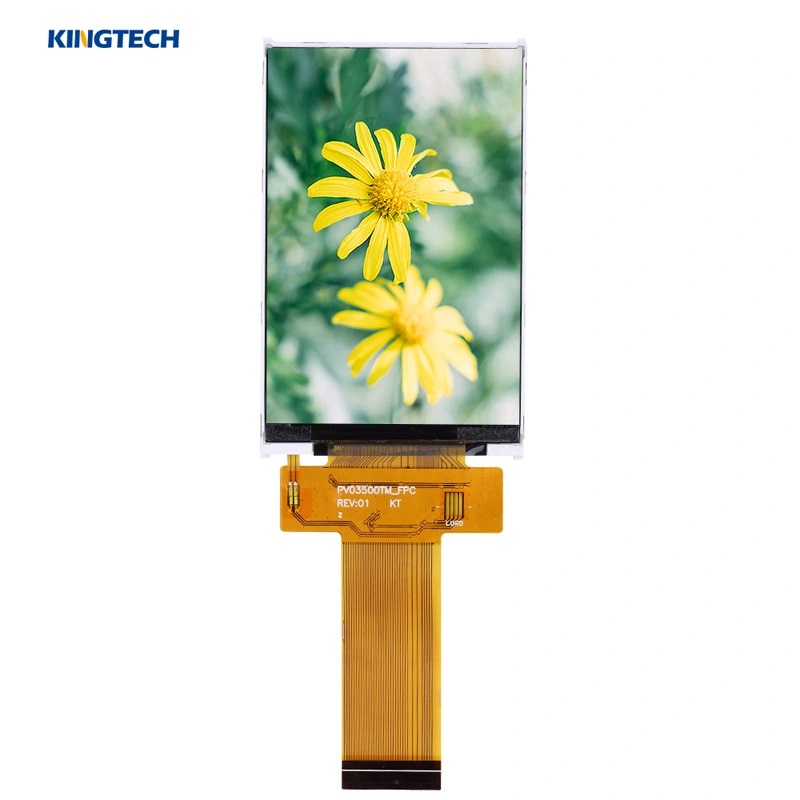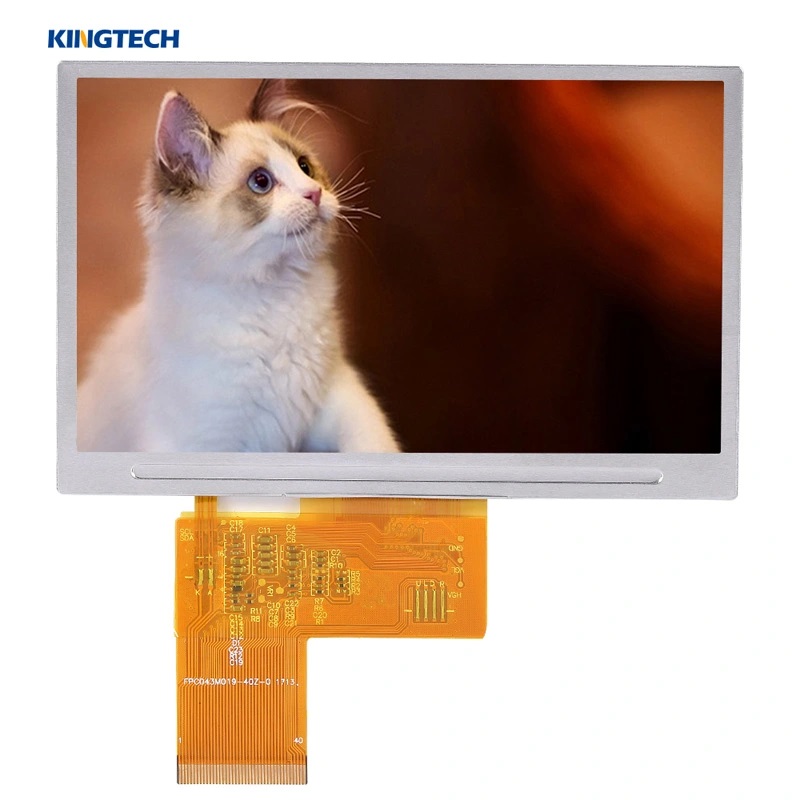As outdoor advertising, industrial equipment, and smart city development continue to progress, the demand for high brightness LCD displays is increasing. The main feature of high brightness LCD displays is their ability to maintain good visibility in bright light environments. As a result, they are widely used in outdoor billboards, public transportation information displays, smart street zones, and other locations. So, how do you choose a high brightness LCD that suits your needs?

A high brightness LCD refers to an LCD display designed specifically for outdoor environments. By enhancing the LED backlight module of the LCD screen, the brightness of the backlight source is increased, making it equivalent to or even higher than natural outdoor light levels, thereby enabling high-definition outdoor display.
High brightness LCD displays usually feature high brightness, strong protection capabilities, and a wide operating temperature range. The brightness of outdoor LCD screens typically exceeds 600 cd/m², with some models reaching as high as 2000 cd/m², ensuring clear visibility even in bright outdoor environments. In comparison, standard LCD screens usually have a brightness range of 200–500 cd/m².
Compared to ordinary LCDs, high brightness LCD displays can clearly show content even under direct sunlight, making them especially suitable for open-air advertising, public transportation, and information display scenarios.
Wide temperature operation capability: Outdoor conditions are variable, ranging from high temperatures to sub-zero extremes. Therefore, LCD screens used outdoors must feature a wide operating temperature range. Both their operating and storage temperatures must reach -30 °C to 85 °C. Only by emphasizing wide-temperature design can failures in outdoor environments be reduced when using high brightness screens.
High contrast ratio: High brightness LCD displays use high brightness and high contrast design, which not only ensures screen clarity under strong light but also delivers more vivid and realistic colors. This display quality helps attract the attention of passersby to the greatest extent and enhances the effectiveness of advertising or information delivery.
Wide viewing angle: Outdoor screens typically offer a wide viewing angle, allowing content to be viewed clearly from different directions without significant color distortion or contrast reduction. This is especially important for environments with varied viewing positions, such as bus stops or outdoor advertising screens.
Automatic brightness adjustment: To adapt to varying light conditions throughout the day, some high brightness LCDs are equipped with ambient light sensors, which can automatically adjust screen brightness according to the surrounding light. This feature not only improves display effectiveness but also helps save energy.
Long-term operation capability: To handle round-the-clock continuous use, high brightness LCD displays typically use high-quality display panels and heat dissipation systems to ensure stable long-term display. In addition, the design of outdoor screens generally focuses on optimizing thermal management to prevent malfunctions caused by overheating.
Low power consumption: Despite their high brightness, modern high brightness LCD displays usually use LED backlights, which are more energy-efficient than traditional CCFL backlight LCDs. This allows them to maintain low power consumption while delivering high brightness performance.
Waterproof and dustproof functionality: Due to the frequently changing outdoor environment, high brightness LCD displays often have an IP65 or higher protection rating. This means they can resist intrusion from dust, rain, and other external environmental factors, ensuring stable screen operation.

In conclusion, choosing a high brightness LCD involves more than just comparing brightness. It also includes evaluating display performance, application scenarios, and overall device features. When making a purchase, it's important to select appropriate brightness, contrast ratio, and other technical characteristics according to your specific needs, ensuring that the device can display information stably and clearly in complex outdoor environments—thus enhancing its performance and user experience.